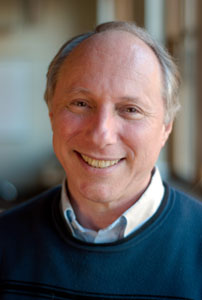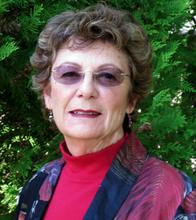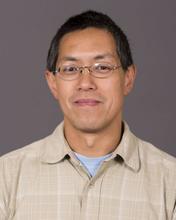Ken Heller
Ken Heller
Professor
[email protected]
(612) 624-7314
Office: PAN 348
Ken Heller was born in Trinidad during World War II. He grew up in south Florida where he graduated high school and went to study physics at the University of California, Berkeley. After graduating from Berkeley with a physics degree, he entered graduate school at the University of Washington. After his first year at Washington, he took a leave to join the Peace Corps where he served in Nigeria and Kenya and taught physics, general science, mathematics, and coached basketball. Upon his return to Washington, he continued his PhD program; worked to change the teaching of introductory physics laboratories; helped develop and lead a summer program to involve eighth grade minority students in research; and learned how to ski and mountain climb. He also joined the experimental high energy physics group and conducted experiments at the Berkeley Bevatron and Stanford Linear Accelerator. While in the Bay Area, he worked at the Lawrence Hall of Science in Berkeley and the Exploratorium in San Francisco during their development. While at Washington, he worked with the Pacific Science Center in Seattle, set up a mini-Exploratorium in the physics department, and analyzed the data from his experiment. However, among all of those accomplishments, the most important thing in his life was his marriage to Patricia, a graduate student and instructor in one of the groups that established the field of PER. Following his marriage to Patricia, he took a post doc at the University of Michigan where he built some of the first experiments at Fermilab and analyzed data at CERN. While at Fermilab, he joined the physics faculty at the University of Minnesota, but also continued his experimental work in high energy physics at Fermilab, Brookhaven as well as in the Soudan mine with early experiments in proton decay. It was during this time that he was one of the leaders on the experiment that discovered the Tau neutrino at Fermilab and the building of the MINOS and NOvA long baseline neutrino oscillation experiments that connected Fermilab with Northern Minnesota. At the same time, he joined with his wife to form one of the early PER groups. The PER group pioneered work that investigated the problem solving of introductory physics students and developed curricular tools that encouraged students to develop the necessary metacognitive skills to solve problems. Today, Ken continues to work in both high energy physics and PER. In his work with high energy physics, Ken works on the Mu2e experiment to discover the new physics beyond the Standard Model. In PER, Ken’s work includes the investigation of the graduate PhD program and the development of computer software to provide personal coaches for the metacognitive skills necessary for problem solving.
Former Faculty
Physics faculty at Santa Rosa Jr. College


